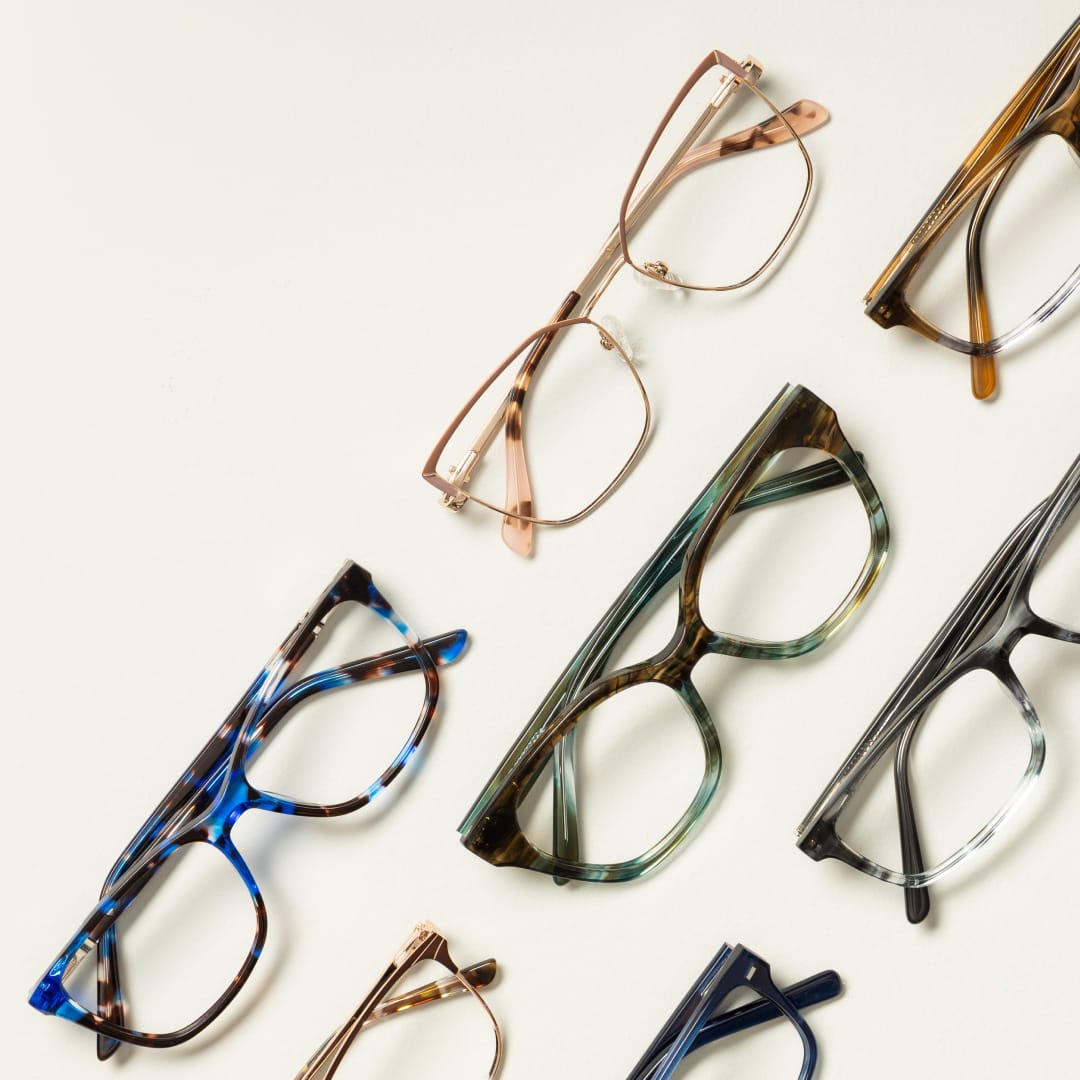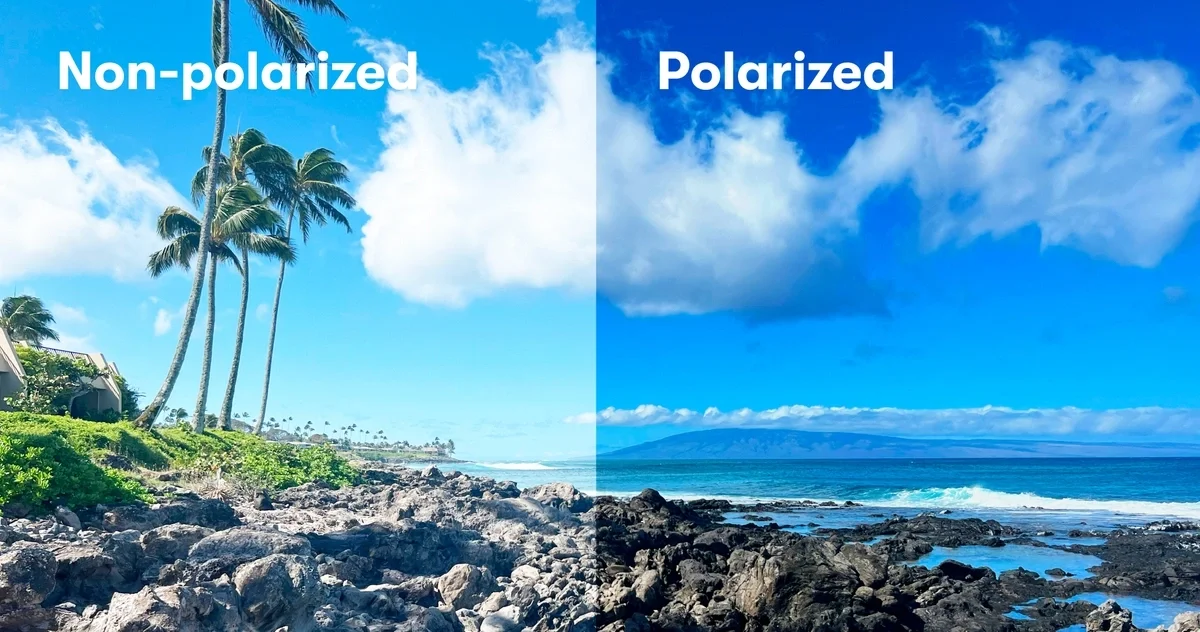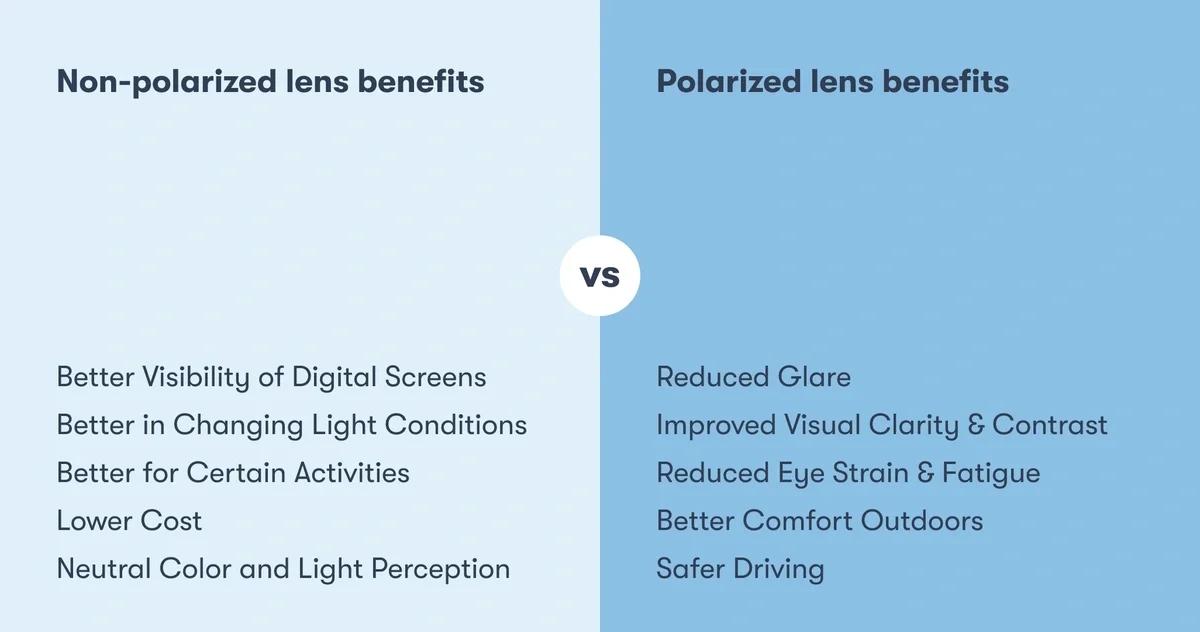Polarized vs. non-polarized sunglasses
Corey Hart might have worn his sunglasses at night in the moody 1980s pop hit, but most people are donning sunglasses to ward away the UV rays during the day. And unlike ZZ Top, you may want to avoid cheap sunglasses to ensure you're getting ample protection for your peepers. As you explore options, you might consider polarized vs. non-polarized sunglasses.
Both types of sunglasses reduce overall brightness and help with eyestrain when you're outdoors. But polarized lenses have a special chemical filter that blocks horizontal polarized light waves to further reduce glare.
Each of these sunglasses types has its own pros and cons. Understanding which one is better requires learning more about their features and functions so you can match your sunglasses to your personal needs.
Polarized sunglasses
Polarized sunglasses have lenses treated with a chemical filter designed to block horizontally polarized light waves.
That's a lot of science-sounding words that basically amount to this: They reduce glare. They block light reflecting off water and snow, for example, and help cut down on those bright reflections from cars and windows on the road.
Best for: Use while fishing, boating, skiing, or spending time at the beach or outdoors
Features
Polarized sunglasses lenses are coated with a chemical film that blocks horizontal light. Otherwise, the features of these sunglasses are the same as others: The lenses help reduce brightness, and you can get them in various frames for optimal comfort and style.
Some polarized sunglasses offer UV protection, which is not part of the polarization. It's a secondary feature, so always check product information to see how much UVA and UVB rays sunglasses block. The goal is typically to find options that block 100% or as close to it as possible.
Benefits
Benefits of polarized lenses include:
-
Reduced eye strain and better visibility when you're in bright outdoor conditions that include glare, such as on or near a lake
-
Removing glare may increase safety when doing certain activities outside
-
Seeing sharper images or more vivid colors in high-light conditions
Disadvantages
Some downsides to polarized lenses are:
-
They can make it hard to read LCD/LED screens like those on phones or car dashboards.
-
They may be more expensive than other options.
-
They can distort your view when you look through a vehicle windshield with an anti-glare coating (anti-glare tech doesn't always play well with each other!).
Non-polarized sunglasses
Non-polarized sunglasses have tinted lenses that reduce overall brightness, and some provide UV protection. However, they don't filter glare.
Best for: Everyday use, use on overcast days, and when you want indoor/outdoor transition lenses.
Features
Standard sunglass lenses are tinted to reduce brightness. Some also come with UV protection, but not all tinted shades do. Ensure you check product details for UVA and UVB protection strengths. As with polarized shades, 100% is ideal.
Otherwise, the features of standard sunglasses relate mostly to the frames and other lens options. If you're ordering prescription sunglasses, you can often customize lenses and frames to fit your face, style preferences and vision needs.
Benefits
Benefits of non-polarized sunglasses can include:
-
They have a lower price point compared to similar polarized options.
-
They don't reduce visibility of certain screens or when viewing through a tinted window.
-
They provide equal protection other than that related to glare.
Disadvantages
Some downsides of non-polarized sunglasses are:
-
Your eyes might get tired faster when you're spending time in very bright light.
-
You may feel discomfort or need to squint when faced with glare, like off a lake or snow.
-
Glare isn't reduced, which can reduce visibility in some conditions.

The Framery at 1-800 Contacts
Get premium frames starting at $79
Shop glasses
Why can't you drive with polarized sunglasses?
You actually can drive while wearing polarized sunglasses, and for some people, these products are beneficial to visibility when operating a vehicle. It depends on when you're driving and what type of features your vehicle has.
-
If you're driving in the evening or at night — or during cloudy times when there's no glare — polarized sunglasses won't offer much help. No matter what the song says, you should also not wear your sunglasses when driving at night, as it reduces visibility when the outside world is already harder to see.
-
Because polarized sunglasses can reduce your ability to see an LCD/LED screen, you may not be able to use your in-dash navigation and control unit well. If you need that screen to control functions on your car, see the GPS, or use your backup camera, polarized glasses may not be the right choice for driving.
-
Some vehicle windshields have anti-glare coatings. When you double up the anti-glare on the window and polarized glasses, it doesn't necessarily become one big Super Anti-Glare. Instead, it can create visibility issues that might make driving riskier.
Do sunglasses really need to be polarized?
No, sunglasses don't have to be polarized. However, if you spend a lot of time outdoors, especially near water or in snow, you may want to invest in decent polarized lenses. They can help protect your eyes and make activities like fishing, skiing, or even lounging on the beach more comfortable.
You might also want to try polarized sunglasses if you drive a lot in bright light or find that your eyes are sensitive to the light reflecting off shiny surfaces like other cars or windows. Just make sure you don't have issues seeing your in-dash screens or through the windshield.
How to tell if sunglasses are polarized
Already have sunglasses and want to know if they're polarized? Try some of these practical tests:
-
Hold your sunglasses in front of an LCD screen and rotate them 90 degrees. If you notice a change in the color or brightness perceived through the glasses as you rotate them, they're likely polarized.
-
If you have a pair of sunglasses that you know are polarized, try holding the other pair up against them. Rotate the pair and see if the amount of light allowed through both becomes almost nothing.
-
Look for a label, sticker, or other marketing that indicates your glasses are polarized. Most brands do include this.
Which is better: polarized or non-polarized sunglasses
When it comes down to polarized vs. non-polarized sunglasses, there's not a clear winner. It really depends on what you need sunglasses for and your personal preferences. If you're wearing them outside near water, snow, or other surfaces that create a glare, polarized is usually a good option. Otherwise, non-polarized sunglasses can provide protection against UV rays and make you more comfortable in general sunlight.
Find your next pair of shades, prescription or otherwise, today.
Original publish date: 5/23/2025
Updated date: 10/10/2025







